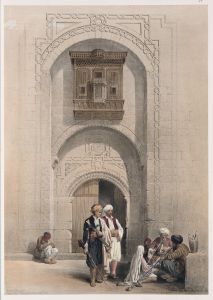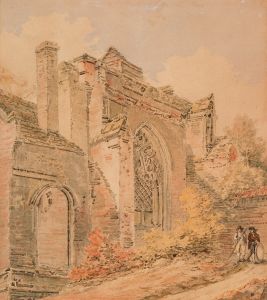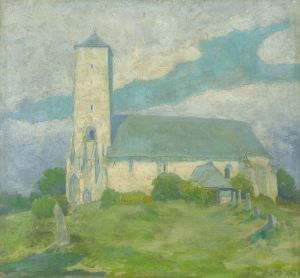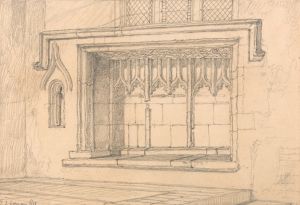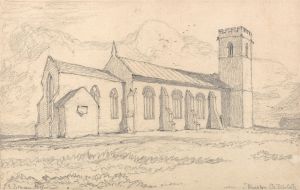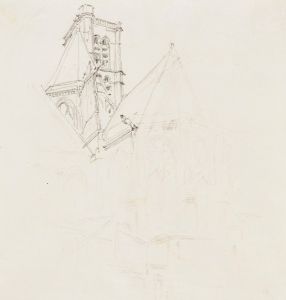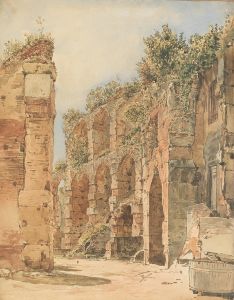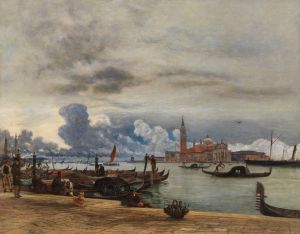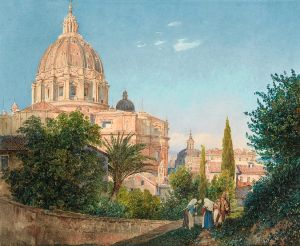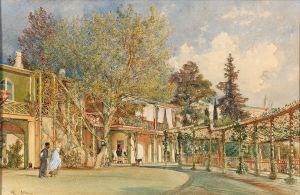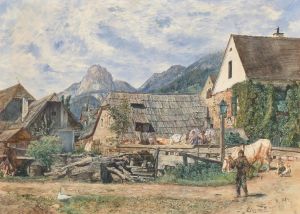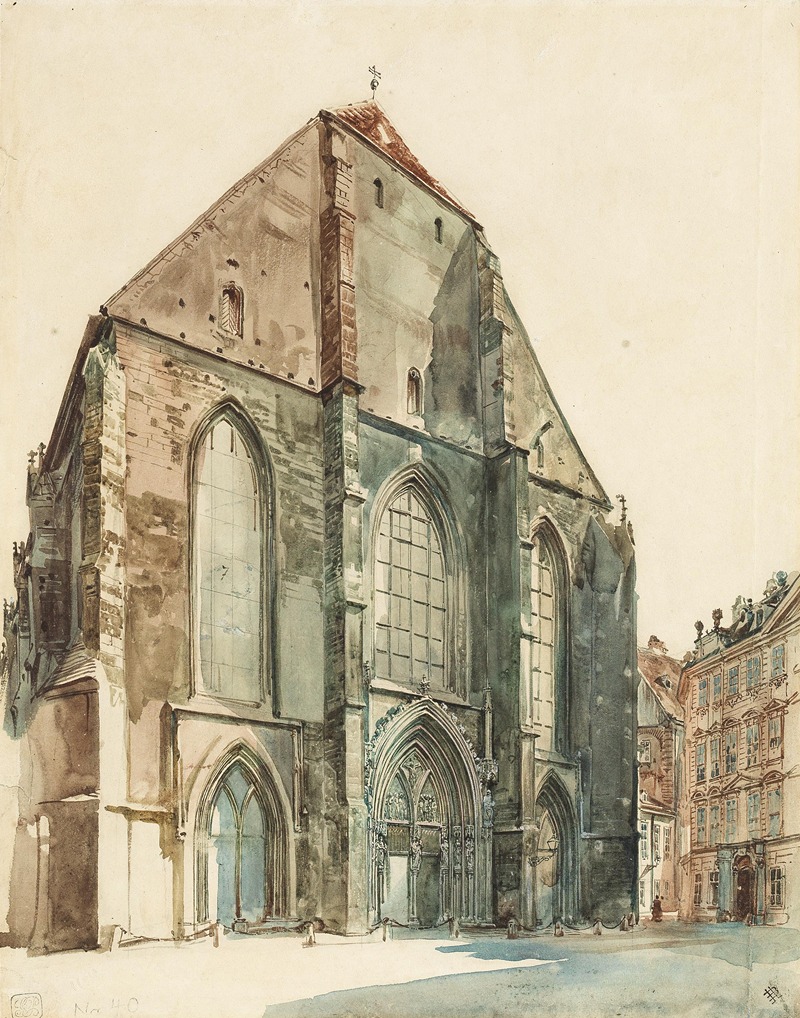
The Minorite Church in Vienna
A hand-painted replica of Rudolf von Alt’s masterpiece The Minorite Church in Vienna, meticulously crafted by professional artists to capture the true essence of the original. Each piece is created with museum-quality canvas and rare mineral pigments, carefully painted by experienced artists with delicate brushstrokes and rich, layered colors to perfectly recreate the texture of the original artwork. Unlike machine-printed reproductions, this hand-painted version brings the painting to life, infused with the artist’s emotions and skill in every stroke. Whether for personal collection or home decoration, it instantly elevates the artistic atmosphere of any space.
Rudolf von Alt was a prominent Austrian landscape and architectural painter known for his detailed and realistic depictions of urban and rural scenes. One of his notable works is "The Minorite Church in Vienna," which captures the architectural beauty and historical significance of the Minoritenkirche, a Gothic church located in the heart of Vienna, Austria.
The Minoritenkirche, officially known as the Church of the Friars Minor, is one of the oldest and most significant churches in Vienna. Its construction began in the 13th century, and it has undergone several modifications and restorations over the centuries. The church is renowned for its Gothic architecture, characterized by pointed arches, ribbed vaults, and flying buttresses, which are typical of the style that dominated European church architecture during the Middle Ages.
Rudolf von Alt's painting of the Minorite Church is a testament to his skill in capturing the intricate details and the atmospheric essence of architectural subjects. His work is known for its precision and the ability to convey the texture and materiality of the structures he depicted. In "The Minorite Church in Vienna," von Alt employs a meticulous approach to detail, highlighting the church's façade, its ornate windows, and the surrounding urban environment.
The painting reflects von Alt's dedication to realism and his interest in the interplay of light and shadow, which adds depth and dimension to the scene. His use of color is subtle yet effective, capturing the natural hues of the stone and the ambient light of the setting. This attention to detail and realism is a hallmark of von Alt's work and contributes to the painting's historical and artistic value.
Rudolf von Alt was born in Vienna in 1812 and was the son of Jakob Alt, a well-known landscape painter. He studied at the Academy of Fine Arts in Vienna and developed a keen interest in capturing the architectural and natural beauty of his surroundings. Throughout his career, von Alt traveled extensively across Europe, painting scenes from cities such as Venice, Rome, and Prague, in addition to his native Vienna.
His work is considered an important part of the Biedermeier period in art, which emphasized a realistic and detailed portrayal of everyday life and environments. Von Alt's paintings are celebrated for their technical excellence and their ability to evoke a sense of place and time.
"The Minorite Church in Vienna" is a significant example of von Alt's contribution to the documentation of Vienna's architectural heritage. It serves as both an artistic masterpiece and a historical record of one of the city's most important religious sites. The painting is appreciated not only for its aesthetic qualities but also for its role in preserving the cultural and architectural history of Vienna.
Today, Rudolf von Alt's works are held in high regard and can be found in various museums and collections, reflecting his enduring legacy as one of Austria's foremost painters of the 19th century. His depiction of the Minorite Church remains a valuable piece for both art historians and enthusiasts of Viennese history.





